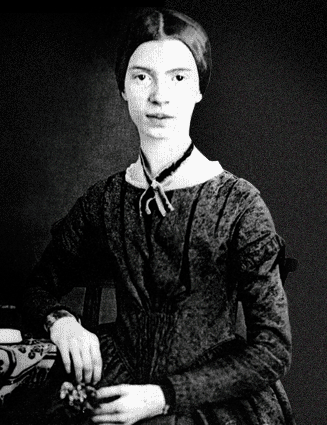Four Famous Writers Born With Tails
An Interview with Tobias H. Cromley of the American Deformities Institute.
(Originally appeared on The Bygone Bureau)
 William Shakespeare
William Shakespeare
“Oh yes, Shakespeare almost certainly had a tail. If read closely it becomes apparent most of his sonnets weren’t written to a woman at all, but quite clearly to a prehensile tail. Most contemporary scholars believe that late in his life Shakespeare began to rely almost entirely on work ghost-written by the tail, most evident in the stylistic shifts that take place in The Tempest.”
 Henry David Thoreau
Henry David Thoreau
“I was actually quite hesitant to include Thoreau, as his tail was not a true tail, but a prosthetic he fashioned out of reeds and twine. Thoreau claimed this was an attempt to become truer to man’s animalistic nature, but sources contemporary to the author indicate that the tail was worn for fetishistic reasons, a perversion for which he was jailed. Original drafts of ‘On Civil Disobedience’ confirm this, although it is known he discontinued wearing the tail after his arrest.”
 Emily Dickinson
Emily Dickinson
“Dickinson was never able to come to terms with her own tail, isolating her from society. Many see her use of dashes as coy reference to the tail (a dash rotated 90 degrees, after all, is a tail), but personally I believe them to represent interruptions caused by the appendage.”
 Ernest Hemingway
Ernest Hemingway
“Hemingway’s life was fundamentally tied to the tail with which he was born. It was his tail that kept him out of the Army, leading to the experiences with the Red Cross that would form the basis of For Whom The Bell Tolls. It was his tail that facilitated his extrordinary drinking ability (and helped coin the expression ‘he drinks like he has a hollow tail’). It was his tail that inspired Gertrude Stein’s most memorable line, written spitefully after the two had their falling out, ‘A tail is a tail is a tail is a tail.'”

I don’t know where you get this stuff, but it’s brilliant.
I don’t know where it comes from either, which is often troubling.
too true, too true